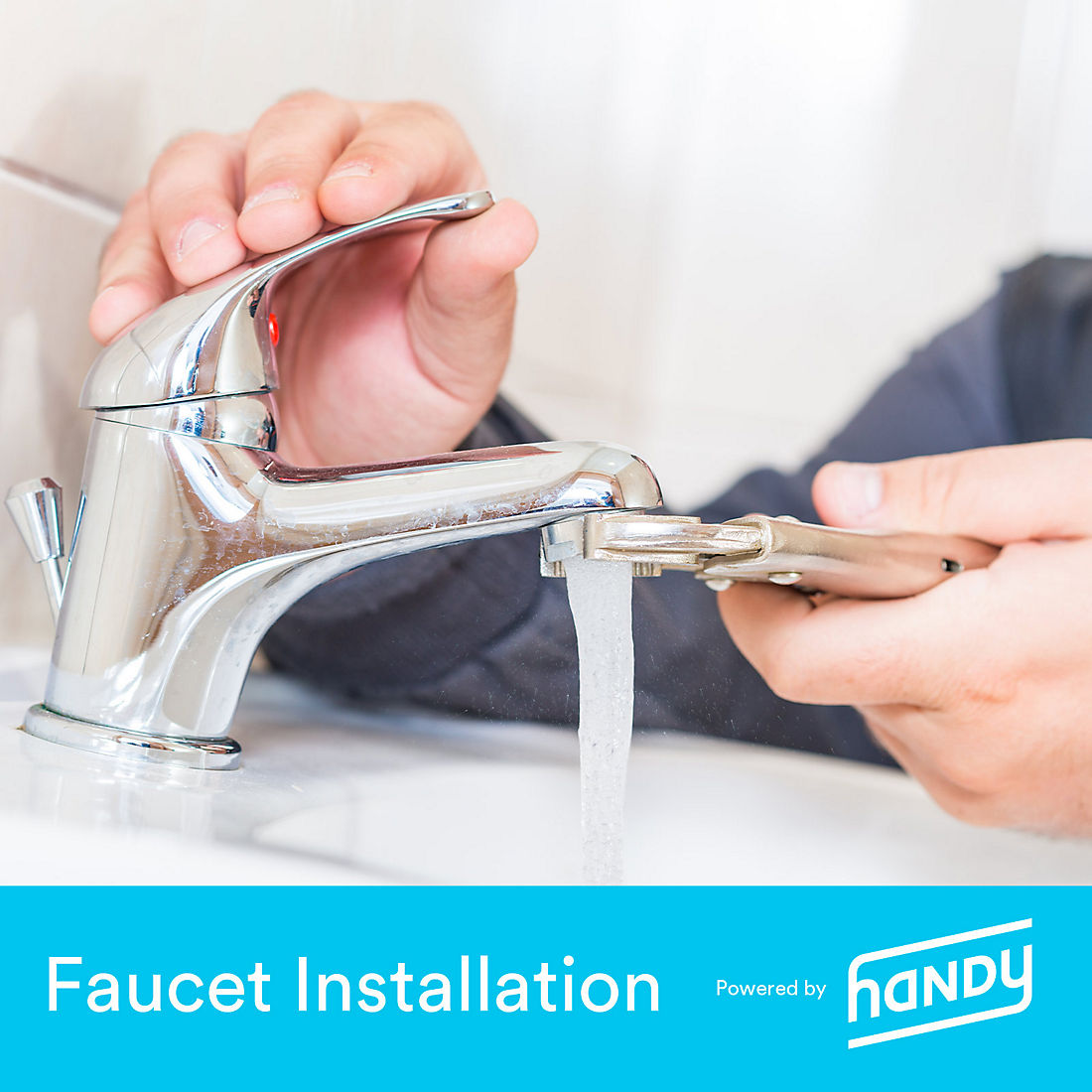Expert Kitchen Remodeling: Transform Your Culinary Space Finding the Right Contractor Embarking on a kitchen remodeling project is an exciting...
kitchen upgrade
Installing a new faucet can seem like a daunting task, but fear not! With the right guidance, it can be...






